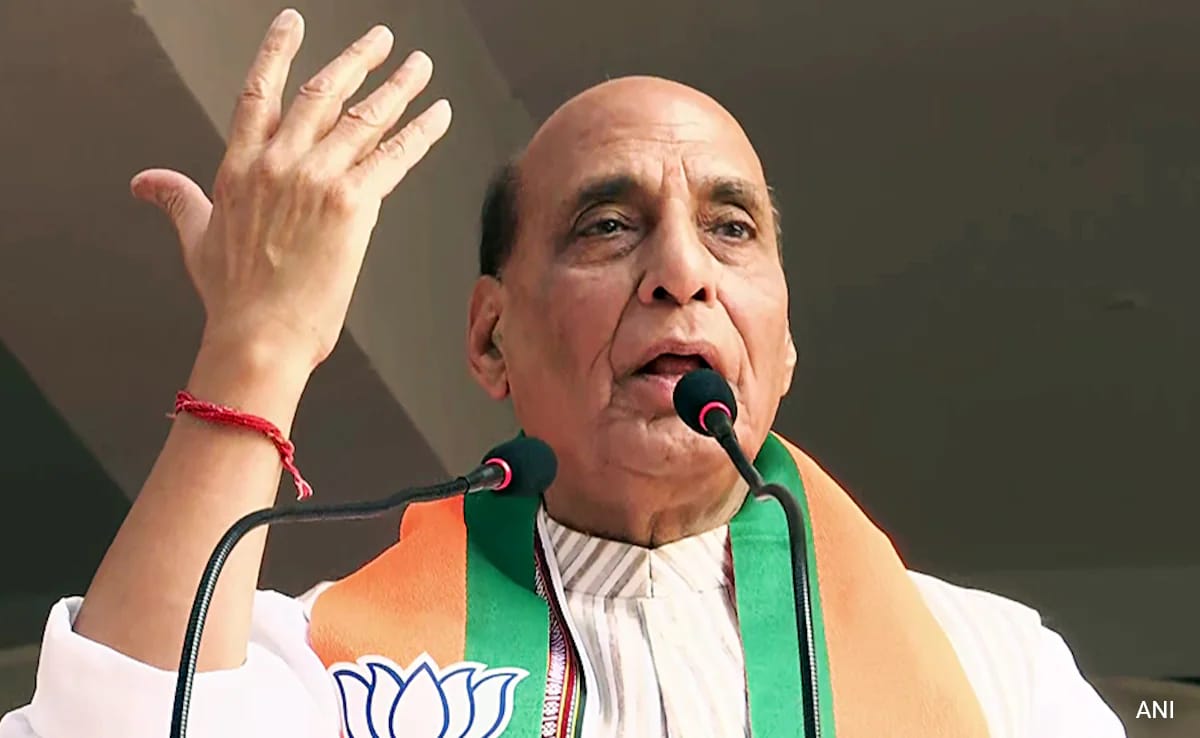
Detroit:
Although about 1 in 8 men in the US will be diagnosed with prostate cancer during their lifetime, only 1 in 44 will die from it. Most men with prostate cancer die from other causes, especially those with low-risk prostate cancer which usually grows so slowly that it is not life-threatening.
However, until about a decade ago, most men with low-risk prostate cancer were treated immediately with surgery or radiation. Although both can cure cancer, they can also cause serious, life-altering complications, including urinary incontinence and erectile dysfunction.
I am a family physician and researcher studying how the patient-physician relationship and decision-making processes influence prostate cancer screening and treatment. In our recently published research, my colleagues and I found that men are increasingly choosing immediate treatment. Instead, they’re choosing a more conservative approach known as active surveillance: keeping a close eye on the cancer and stopping treatment until there are signs of progression.
Difficulty in diagnosing prostate cancer
Prostate cancer screening is controversial because it often leads to overdiagnosis and overtreatment of cancers that would otherwise be harmless if left undiscovered and untreated.
A blood test typically used to screen for prostate cancer measures the levels of a protein produced by prostate cells called prostate-specific antigen, or PSA. Elevated PSA levels may indicate the presence of prostate cancer, but not all cases are aggressive or life-threatening. PSA levels can also increase for reasons other than prostate cancer, such as enlargement of the prostate gland due to aging.
Due to widespread PSA screening in the US, more than half of prostate cancers found through screening are low-risk. Concerns about overdiagnosis and overtreatment of low-risk cancers are the main reasons why screening is not recommended unless patients still want to be screened after discussing the pros and cons with their doctor.
What is active surveillance?
Active surveillance is a safe and effective way to manage low-risk prostate cancer by limiting treatments such as surgery or radiation to only those cancers that are growing or becoming more aggressive. This involves monitoring the tumor through regular checkups and tests.
Active surveillance differs from “watchful waiting”, a more conservative strategy with a less intensive type of follow-up that involves fewer tests and only relief of symptoms. In contrast, active surveillance involves more rigorous surveillance, involving more tests to keep a close eye on the cancer with the intention of treating it if needed.
Active monitoring allows patients to delay or avoid aggressive treatments and their associated side effects. The aim is to keep a close eye on the cancer as well as avoid treatment unless it is really needed.
All major medical groups recommend active surveillance as the preferred approach to care for men with low-risk prostate cancer. However, until recently, the number of patients opting for active surveillance in the US has been low, ranging from less than 15% in 2010 to approximately 40% in 2015. ,
What factors influence treatment decisions that facilitate and hinder active surveillance? To answer this question, my team and I surveyed 1,341 white and 347 Black men with newly diagnosed low-risk prostate cancer from 2014 to 2017. We recruited participants from two cancer registries in metropolitan Detroit and the state of Georgia, areas with large black populations. ,
Overall, more than half of the men opted for active surveillance. This was much higher than a similar study conducted by our team nearly a decade ago, which found that only 10% of men chose active surveillance.
The increase in active surveillance is good news, but it is not where it is needed. The US still lags behind many European countries, such as Sweden, where more than 80% of patients with low-risk prostate cancer choose active surveillance.
To find out what influenced patients to choose active surveillance, we decided to ask them directly.
A urologist’s recommendation had the strongest effect: About 85% of patients who chose active surveillance said their urologist had recommended it. Other factors include a shared patient-physician treatment decision and more knowledge about prostate cancer. Interestingly, participants living in Metro Detroit were more likely to choose active monitoring than those living in Georgia.
In contrast, men were less likely to try active surveillance if they had a strong desire to be treated, expected to survive longer with treatment, or were diagnosed with a low-risk cancer that was more serious. Is. Nearly three-quarters of patients who chose immediate treatment were expected to live at least five years longer than they would without treatment, which is unrealistic and not based on existing evidence.
Misconceptions, unrealistic treatment expectations, and biases may lead patients to choose unnecessarily aggressive treatment, suffer harms without any survival benefit, and potentially regret their decisions later.
racial and geographic differences
We also found racial and geographic differences in rates of active surveillance adoption.
On average, black patients had a higher risk of developing prostate cancer and dying than white patients. Additionally, because the data supporting the use of active surveillance is primarily based on white men, the risks and benefits of active surveillance in black patients are more controversial. In fact, our study found that 51% of black patients chose active surveillance compared with 61% of white patients.
Specifically, black men reported receiving less active surveillance recommendations from urologists and were less engaged in shared decision making with their doctors than white men. This racial difference in active surveillance rates was no longer significant after taking into account urologist recommendations, decision-making style, and other factors.
But geographical differences persist
Patients living in Detroit were more likely to undergo active surveillance than patients living in Georgia. This probably reflects, to some extent, the intensive care patterns of some urologists. Some studies have found that the longer a urologist has been in practice, the less likely he or she will be to recommend active surveillance to their patients.
Encouraging active surveillance Our findings are encouraging in that they show that active surveillance has become more acceptable to both patients and urologists over the past decade. However, our results also suggest that greater physician engagement and better patient education may help increase active surveillance.
For example, when physicians appropriately describe low-risk prostate cancer as small or aggressive, with a favorable prognosis, this may provide relief to patients. Active monitoring makes patients feel more comfortable.
Conversely, a patient’s misconception about how serious his or her cancer is may lead to unnecessary treatment. Clinicians can reassure patients that active surveillance is a safe and preferred option. They may also explain why aggressive treatments do not improve survival for most low-risk patients and can cause significant long-term side effects.
More shared treatment decision making that involves patients and their physicians may improve the likelihood of choosing active surveillance compared with patients who make decisions on their own.
(Except for the headline, this story has not been edited by NDTV staff and is published from a syndicated feed.)
Follow us on Google news ,Twitter , and Join Whatsapp Group of thelocalreport.in
















